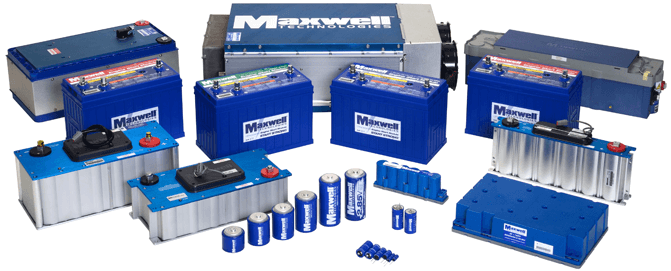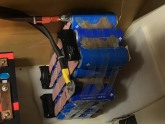8_Hz_WAN_IP
New Member
- Joined
- Aug 11, 2020
- Messages
- 29
I'm a newbie, but I have a semi-advanced question that might inspire a more educated/technical discussion here in the advanced area.
For the past few years, I've assumed that connecting supercaps in parallel to your LFP bank (or any other chemistry) will increase power availability by relieving battery stress during overload conditions, leading to a higher lifecycle count. All this while maintaining high overall system efficiency.
I was wondering if a bank of cheap supercaps (totalling bank voltage) in parallel with an LFP off grid bank has worked for any of your solar applications as far as producing better discharge conditions and lifecycle count increases?
For the past few years, I've assumed that connecting supercaps in parallel to your LFP bank (or any other chemistry) will increase power availability by relieving battery stress during overload conditions, leading to a higher lifecycle count. All this while maintaining high overall system efficiency.
I was wondering if a bank of cheap supercaps (totalling bank voltage) in parallel with an LFP off grid bank has worked for any of your solar applications as far as producing better discharge conditions and lifecycle count increases?





